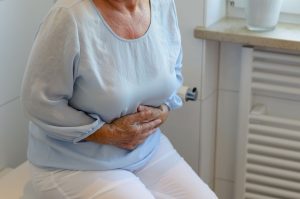
There are two main types of urinary incontinence – stress urinary incontinence (SUI) and urinary urge incontinence (UUI). Urinary urge incontinence is the involuntary loss of urine associated with the urge to urinate. Stress urinary incontinence is the loss of urine because of effort or physical exertion, including coughing, sneezing, or sporting activities.
Urinary incontinence symptoms are common in women and can increase with age. Women are more likely to be diagnosed with SUI and commonly experience increased daytime and nighttime frequency in addition to urinary incontinence.
Healthy Bladder
Many studies have been conducted on women’s urinary issues, but this is the most extensive known study with data from more than 12,000 women. Researchers set out to investigate the prevalence and factors associated with urinary symptoms and how women can continue to have a healthy bladder through menopause.
The study did show a significant association of overactive bladder (OAB) in postmenopausal women, and researchers also found that SUI symptoms can become less frequent after menopause. However, stress urinary incontinence was shown to increase with the number of times a woman has given birth or as a result of a high body mass index. Other factors may also increase the risk of OAB, including smoking, diabetes, and hormone therapy.
Bladder control issues can become more common as women age, so it is essential to focus on bladder health. Bladder Rescue has seven primary ingredients that can help to support the bladder and urinary health. Specifically formulated to support healthy bladder functioning control, this formula provides the support for bladder health and control that you deserve.